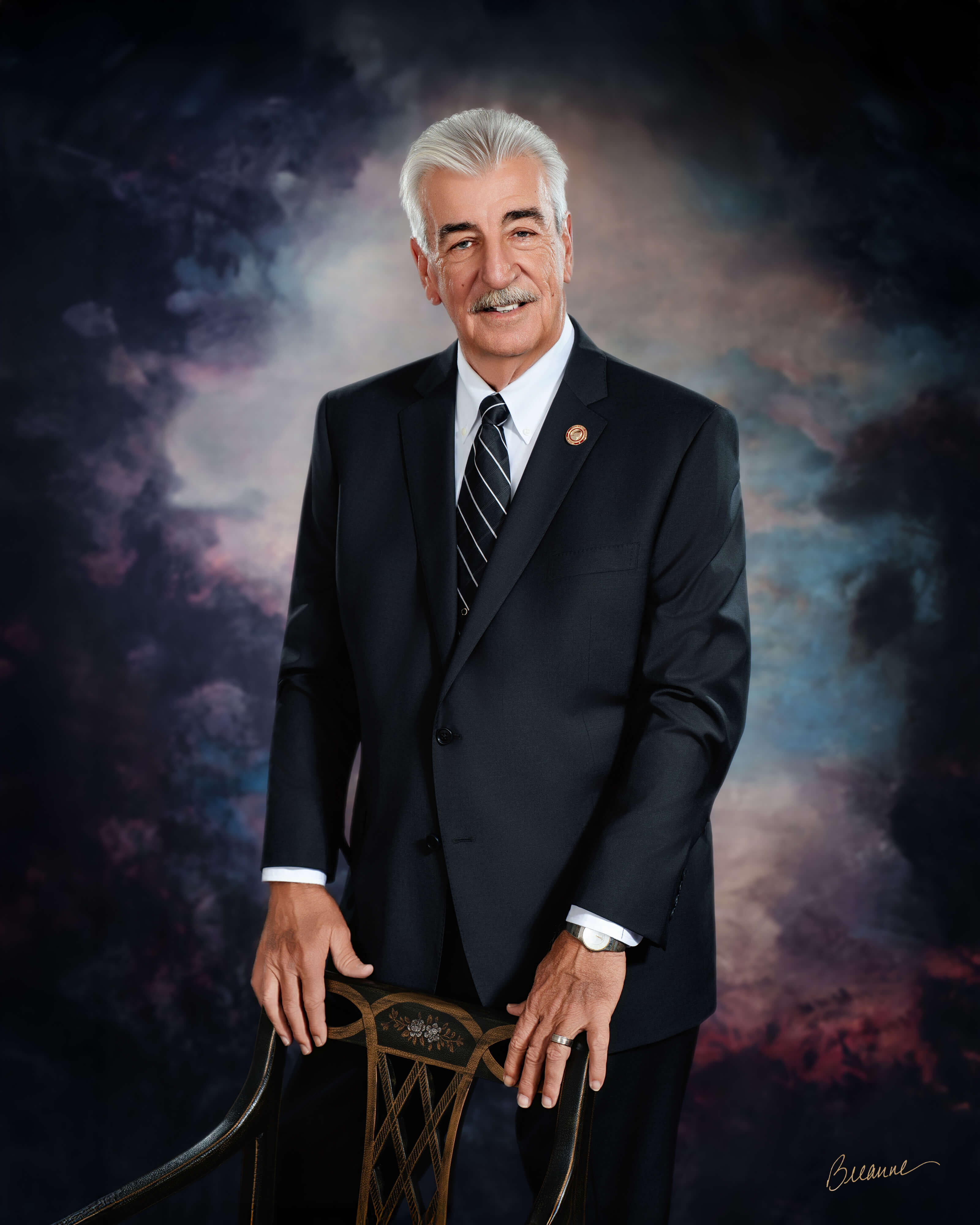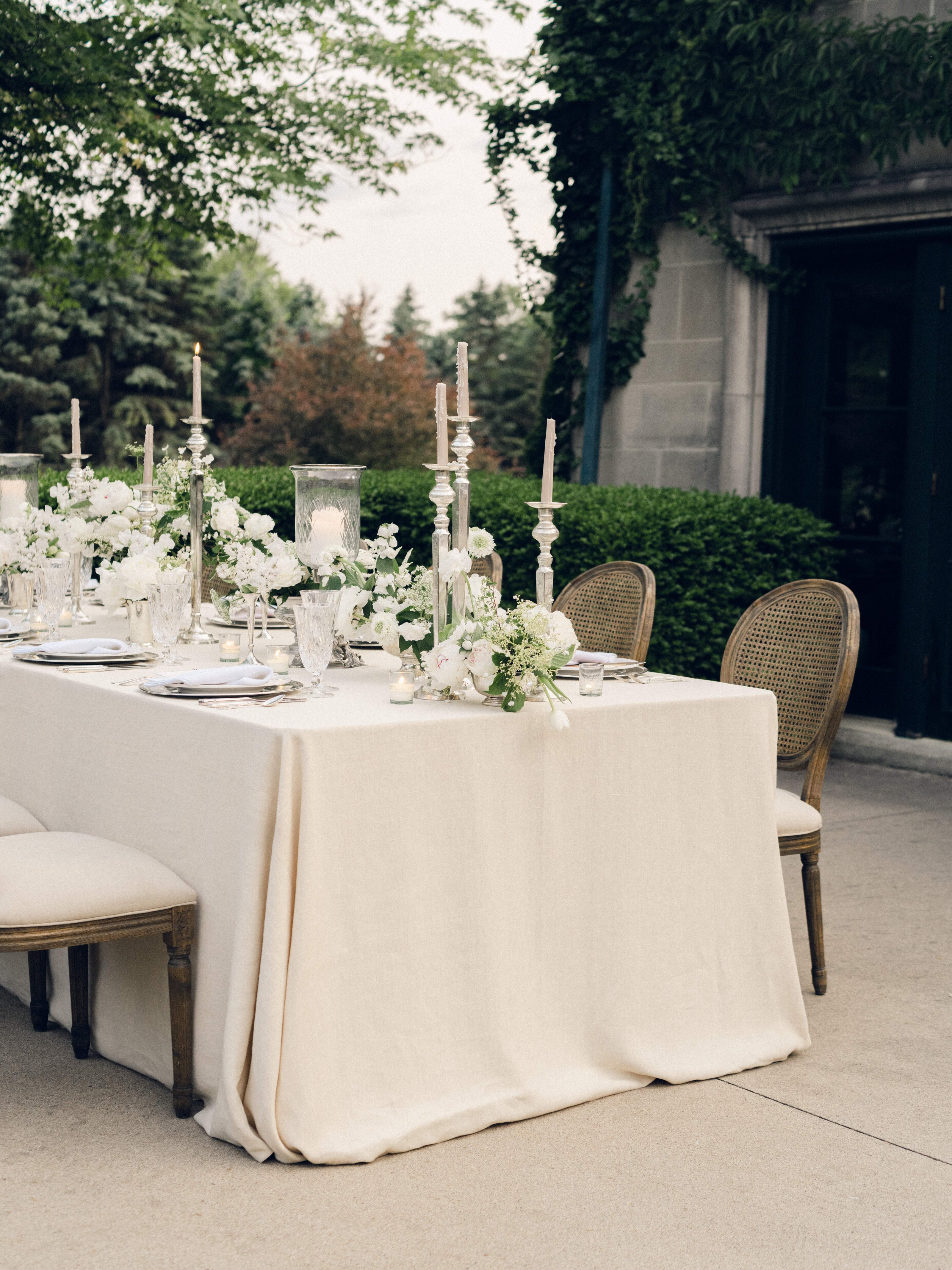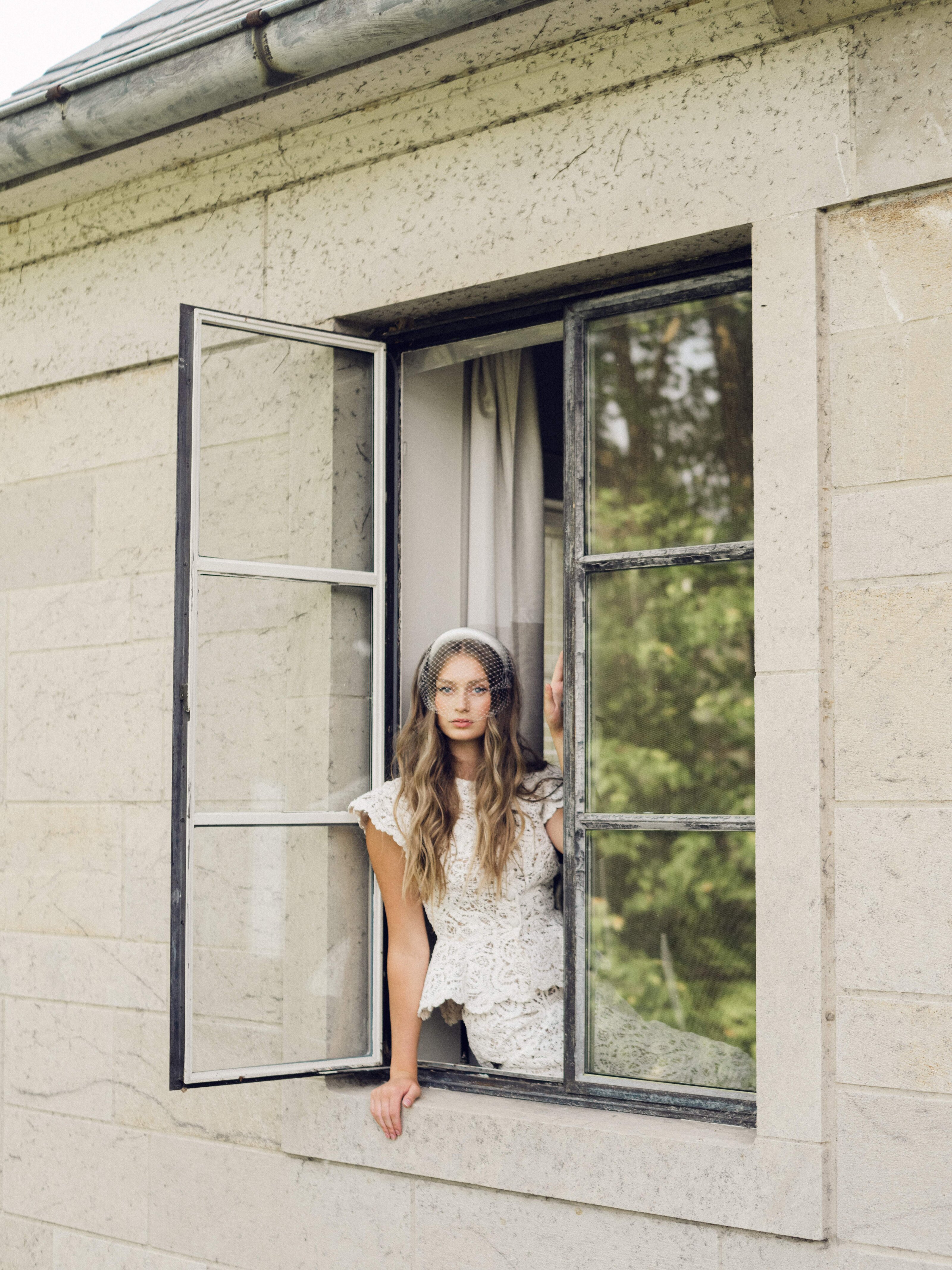
Imagine your family’s story preserved forever in a painterly portrait, each brushstroke whispering memories and meaning. What if your legacy could be captured, not just for today, but for generations to come?
This handbook is your essential guide to foster fine art portraits in 2025. Whether you are an artist seeking new mastery, a collector searching for beauty, or a family dreaming of an heirloom, you will find expert insights and inspiration here.
Inside, you will explore the evolution of fine art portraiture, discover creative processes step by step, master styling and lighting, learn how to choose the right artist, and care for your treasured artwork. Let curiosity lead you and desire for artistry grow. Begin your own portrait journey with confidence and heart.
The Evolving World of Fine Art Portraiture
Imagine standing before a painted portrait that feels alive, its story unfolding in every brushstroke. The world of foster fine art portraits is in constant motion, shaped by heritage, innovation, and personal connection. As we step into 2025, the artistry behind these portraits continues to evolve, blending time-honored techniques with new ways of seeing and feeling.
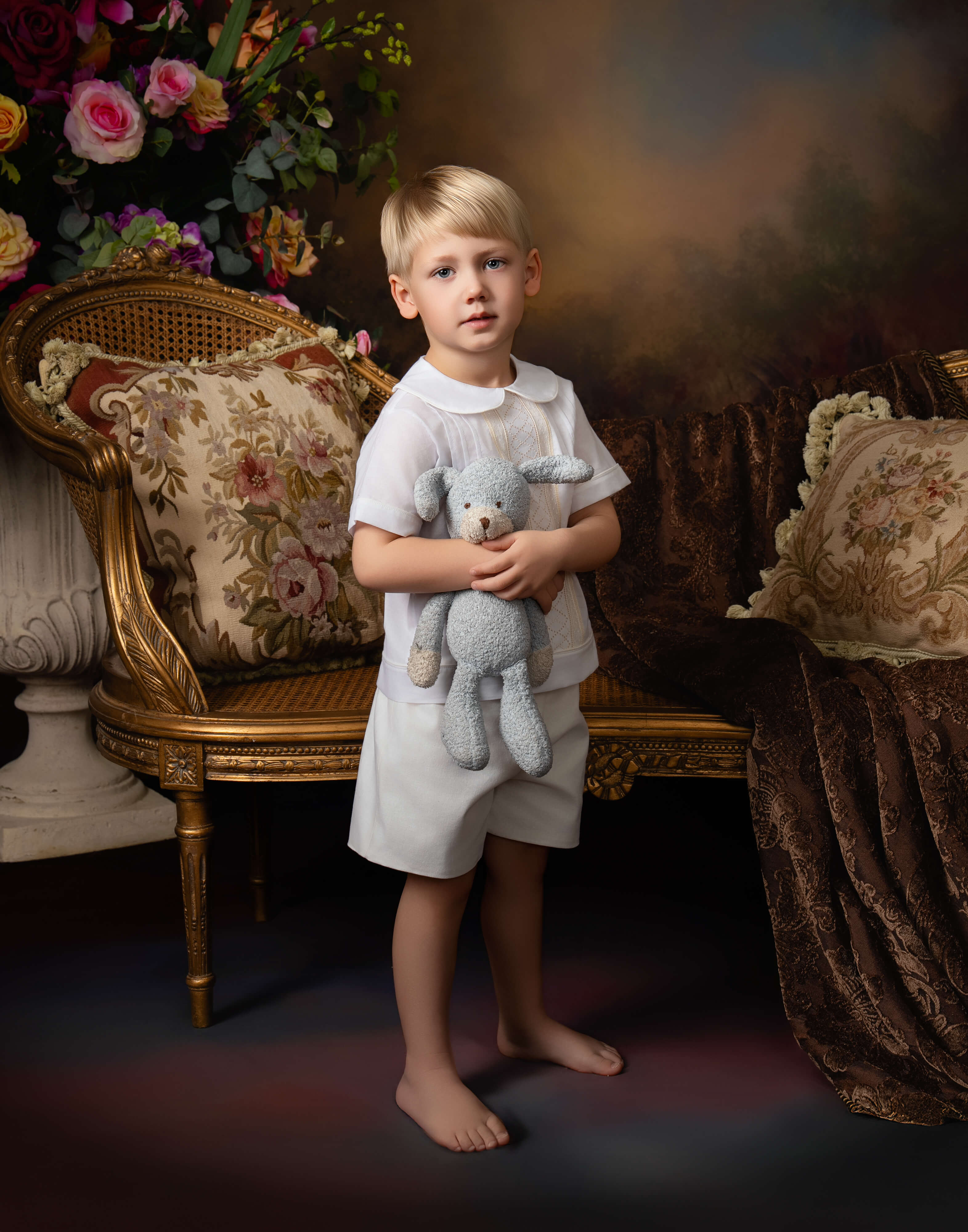
The Renaissance to Modern Day: A Brief History
Foster fine art portraits trace their lineage to the grand halls of the Renaissance, when artists like Leonardo da Vinci and Rembrandt elevated portraiture into an art of reverence and psychological depth. These early masters set the standard for painterly light, composition, and lifelike presence. Over centuries, the genre expanded beyond nobility, capturing the spirit of everyday families, thinkers, and creators.
By the twentieth century, portraiture embraced modernism, abstraction, and the personal narrative. Today, foster fine art portraits honor this legacy, balancing classical roots with contemporary vision. The shift from formal poses to expressive, intimate moments reflects our changing sense of self and family.
Defining Foster Fine Art Portraits in 2025
What truly sets foster fine art portraits apart in 2025 is their intentionality. These portraits are more than likeness—they are windows into story and emotion. Artists craft each piece with painterly lighting, thoughtful composition, and a focus on authenticity.
Traditional techniques such as glazing, layering, and chiaroscuro meet modern tools and aesthetics. The result is work that feels timeless, yet deeply personal. Unlike commercial or lifestyle photography, foster fine art portraits are created to be heirlooms, meant for gallery walls and future generations. Their value lies in how they preserve legacy and evoke memory.
Trends Shaping the 2025 Portrait Landscape
The current landscape of foster fine art portraits is shaped by a renewed love for hand-painted work and digital enhancements. Families are commissioning multi-generational portraits, seeking to capture roots, milestones, and belonging in a single frame. The Art Market Report 2024 notes that 65 percent of collectors now desire custom, timeless portraiture.
Emotional realism is at the forefront, with artists and clients prioritizing genuine connection over perfection. For a deeper look at this trend, see Authentic Portraiture & Emotional Realism. Heirloom family portraits continue to rise, often featuring layers of symbolism and personal history.
The Emotional Power of Portraiture
Foster fine art portraits are more than images—they are vessels of identity and love. Through delicate gestures, meaningful objects, and painterly light, portraits hold space for memory and belonging. Many families commission these works to honor milestones, celebrate connection, or remember loved ones.
Psychologists note that seeing oneself and family reflected with care fosters self-esteem and a sense of continuity. Portraits become anchors during times of change, providing comfort and pride. In 2025, artists approach each work with empathy, aiming to capture not just faces, but the bonds that define us.
The Role of Technology in Artistic Portrait Creation
Technology is reshaping the craft of foster fine art portraits, offering new tools for expression and preservation. Digital painting, AI-assisted retouching, and archival printing have expanded what is possible, allowing for both efficiency and creativity. Artists blend analog and digital methods, using high-resolution photography alongside hand-painted details for museum-quality results.
While digital tools offer precision and flexibility, hand-painted techniques bring warmth and texture. The best foster fine art portraits often combine these approaches, honoring tradition while embracing innovation. This fusion ensures that each portrait remains a singular, lasting testament to artistry and family legacy.
The Creative Process: Step-by-Step Guide to Foster Fine Art Portraits
Creating foster fine art portraits is a journey of artistry, emotion, and intention. Each step brings you closer to capturing a legacy that feels both timeless and deeply personal. Let us walk through the process together, from the first spark of inspiration to the final, heirloom-worthy masterpiece.
Step 1: Inspiration and Vision
Every foster fine art portraits session begins with a vision. Artists and families pause to reflect on the story they want to tell. Is it a quiet moment between generations, a celebration of a milestone, or the unique bond within a family? Inspiration often comes from cherished heirlooms, old photographs, or even a favorite room in the home.
Mood boards and reference images help clarify intent. Families might include items like vintage jewelry, a well-loved book, or a special blanket to infuse meaning. This stage shapes the emotional heart of foster fine art portraits, ensuring that every brushstroke feels purposeful and true.
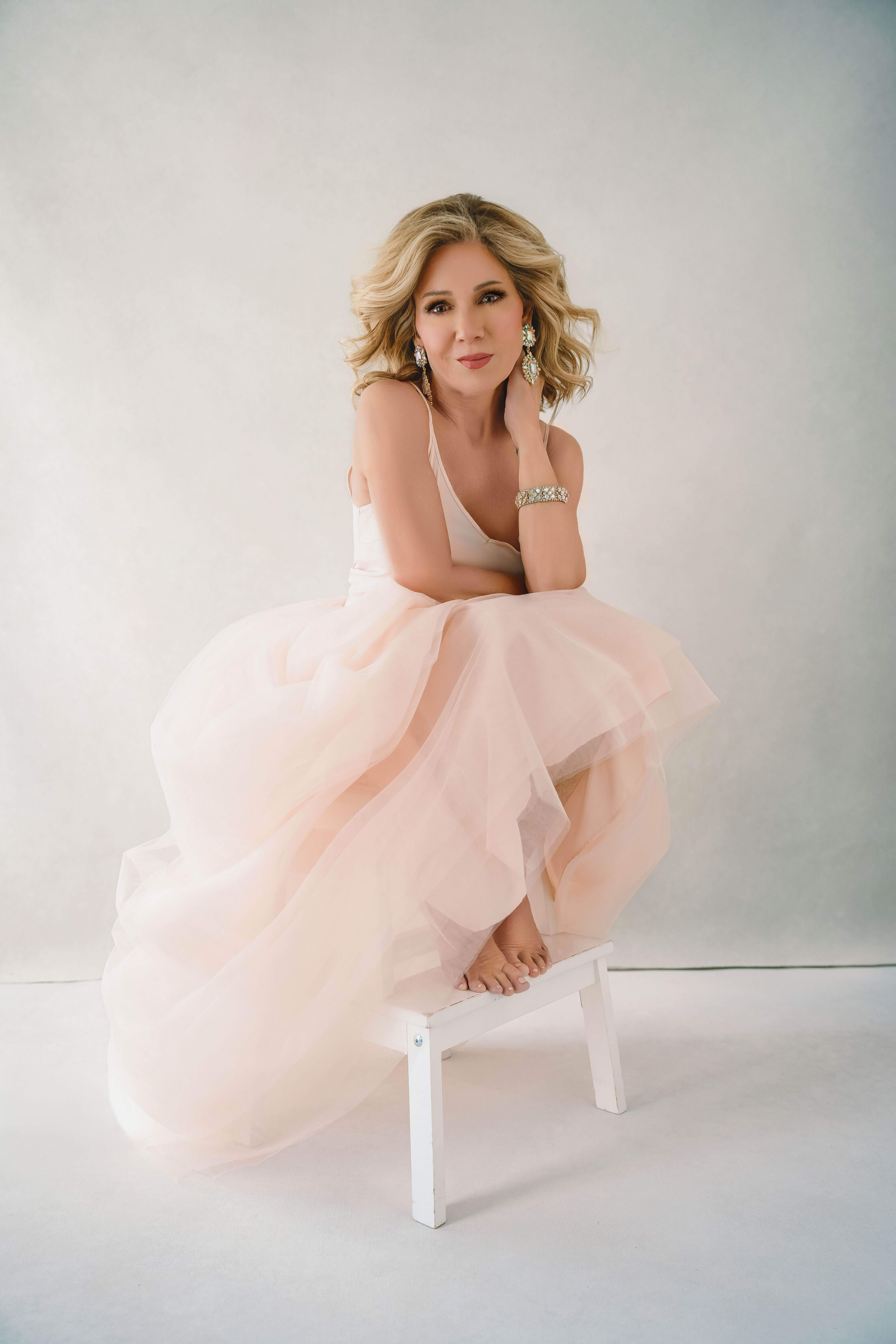
Step 2: Consultation and Collaboration
The next step in foster fine art portraits is collaboration. Artist and client meet to discuss vision, style, and expectations. These conversations shape everything from wardrobe to set design. What colors evoke your family’s spirit? Which location holds the most memories?
A thoughtful consultation uncovers details that make portraits feel authentic. Artists ask about family dynamics, favorite pastimes, and even musical preferences to create an environment of trust. This collaborative process ensures foster fine art portraits reflect genuine connections, not just appearances.
Step 3: Posing and Directing with Sensitivity
With trust established, the session shifts to posing. Foster fine art portraits thrive on natural, relaxed direction. Instead of stiff, formal arrangements, artists guide subjects gently, helping them feel at ease in front of the camera or canvas.
For individuals, a quiet moment or soft gaze can reveal personality. For family portraits, artists use prompts to spark laughter or tenderness. Supportive direction helps everyone feel seen and confident. Studies show that 80 percent of clients feel more comfortable with sensitive, encouraging guidance during foster fine art portraits.
Step 4: Mastering Painterly Lighting and Composition
Light transforms foster fine art portraits from simple likenesses into works of art. Artists use soft, directional lighting to sculpt features and evoke mood. Window light, studio strobes, and carefully placed reflectors create depth and dimension.
Classical composition rules, such as leading lines and balanced negative space, guide the viewer’s eye and add harmony. Rembrandt lighting, known for its gentle shadow and highlight interplay, brings a timeless elegance to both painted portraits and photographic captures. Each decision at this stage shapes the emotional resonance of foster fine art portraits.
Step 5: Capturing the Portrait – From Camera to Canvas
The capture phase is pivotal in foster fine art portraits. Artists choose between photographing the subject, working from life, or blending both approaches. High-resolution images and detailed sketches form the blueprint for the final artwork.
Some sessions involve multiple sittings to study subtle expressions and gestures. Others rely on a single, powerful image. The quality of this initial capture sets the foundation for an heirloom portrait, whether it becomes a painting, archival print, or digital artwork. Every detail matters in preserving the spirit of foster fine art portraits.
Step 6: Artistic Editing and Painting
The final stage brings foster fine art portraits to life. Artists refine the captured image using digital retouching, color grading, and painterly enhancements. For hand-painted portraits, layers of oil or acrylic paint add depth, texture, and luminosity.
Many artists preview edits digitally, then translate them onto canvas with traditional techniques like glazing and blending. This fusion of old and new ensures each portrait is both timeless and contemporary. To see the artistry behind this process, explore the Hand-Painted Oil Portraits Portfolio, which showcases the transformation from concept to heirloom.
Each step in foster fine art portraits is a testament to care, skill, and emotional insight. The result is a legacy that will be cherished for generations.
Styling, Wardrobe, and Set Design for Timeless Portraits
Step into the world of foster fine art portraits, where every detail tells a story. Styling, wardrobe, and thoughtful set design are the brushstrokes that transform a simple image into an heirloom. Each decision, from the drape of a dress to the texture of a backdrop, shapes not only the look but also the soul of your portrait.
Selecting Wardrobe for Artistic Impact
Wardrobe is the foundation of foster fine art portraits. The colors, fabrics, and silhouettes you choose set the emotional tone for the entire piece. Neutral hues like cream, charcoal, and deep navy create a serene elegance, while rich textures in velvet or linen lend depth and quiet drama.
Consider classic pieces with clean lines for a look that endures. For a more contemporary feel, add subtle patterns or jewel tones, but avoid anything too trendy. Accessories should be meaningful yet understated—think heirloom jewelry or a cherished scarf.
Curious how painted portraits come to life through fabric and color? Explore Painted Fine Art Portraits for inspiration on wardrobe choices that truly elevate your session.

Set Design: Creating a Cinematic Backdrop
The environment surrounding your subject in foster fine art portraits frames the narrative. Layering backgrounds with tactile elements like antique books, textured drapery, or weathered wood adds a sense of place and time. Meaningful objects, such as family heirlooms or a favorite armchair, infuse personality and history.
When planning your set, balance visual interest with simplicity. Too many props can overwhelm, but a carefully chosen centerpiece draws the eye and grounds the composition. Imagine a beloved quilt draped over a chair, or a vase of fresh garden blooms—each prop becomes part of your story.
A well-crafted set transforms portraits from mere photographs into windows into your family’s legacy.
Hair, Makeup, and Finishing Touches
Professional hair and makeup in foster fine art portraits are about more than polish—they enhance natural beauty, allowing true character to shine. The goal is timelessness, not transformation. Soft waves, gentle updos, and subtle makeup highlight features without overpowering the subject.
Small details matter. A well-groomed beard, a touch of gloss, or a delicate braid can become signature elements. Coordination is key: hair and makeup should complement the wardrobe and the overall mood.
Studios in Birmingham, Alabama, often provide these services as part of the experience, ensuring every family member feels confident and cherished in front of the camera.
The Power of Painterly Lighting
Lighting is the invisible artist in foster fine art portraits. Soft, directional light sculpts faces, reveals textures, and sets the emotional temperature. Window light offers a gentle, natural glow, while studio strobes and modifiers allow fine-tuned control over highlights and shadows.
Classic techniques like Rembrandt or chiaroscuro lighting evoke depth and drama reminiscent of Old Masters. Experimenting with light placement can create anything from a dreamy, diffused atmosphere to bold, cinematic contrast.
Notice how painterly lighting turns a simple headshot or boudoir session into a work of art, capturing both intimacy and grandeur.
Styling for Different Portrait Types
Every session is unique, and styling should reflect the spirit of the portrait—whether it’s a formal family portrait, expressive headshots, intimate boudoir, or even pet portraits. For multi-generational sessions, coordinated color palettes unify the group while allowing individual personalities to shine.
Younger children might wear soft knits or vintage-inspired dresses, while adults opt for tailored classics. For heirloom sessions, integrating personal mementos or meaningful fabrics adds a layer of storytelling.
In Birmingham, Alabama, families often blend Southern elegance with modern refinement, creating foster fine art portraits that feel both rooted and fresh. The right styling ensures your portrait will be cherished for generations.
Choosing the Right Artist or Studio: What to Look For in 2025
Selecting the perfect artist or studio for foster fine art portraits is a deeply personal journey. The right choice honors your story, elevates your vision, and ensures your portrait becomes a cherished heirloom for generations. Let’s explore the essential qualities and questions to guide your decision in 2025.
Evaluating Artistic Style and Portfolio
Every artist brings a unique visual language to foster fine art portraits. Study full galleries, not just highlights, to sense the breadth of their style. Are you drawn to painterly brushwork, photographic realism, or a blend of both? Look for depth, emotion, and intentional composition—qualities that signal mastery.
A side-by-side comparison can help clarify your preferences:
|
Style |
Painterly Portraits |
Photographic Realism |
|---|---|---|
|
Mood |
Soft, timeless, evocative |
Crisp, detailed, contemporary |
|
Technique |
Brushwork, layering, glazing |
Sharp focus, digital clarity |
|
Emotional Impact |
Story-driven, poetic |
Direct, modern, immediate |
For inspiration, explore this Legacy Portraits Inspiration example that beautifully captures storytelling and legacy in a single frame.
The Importance of Personal Connection and Communication
Trust is the cornerstone of memorable foster fine art portraits. During your first consultation, notice how the artist listens. Are they curious about your family, heritage, or milestone moments? Do they guide you through the process with warmth and openness?
Ask yourself:
-
Do I feel heard and understood?
-
Is there genuine rapport and comfort?
-
Can I envision collaborating on creative decisions?
Seventy-five percent of clients cite connection as the key to portrait satisfaction. The right artist transforms your vision into art that feels authentically yours.
Understanding Services, Pricing, and Deliverables
Transparency is essential when investing in foster fine art portraits. A reputable studio will outline what’s included—from initial consultations and styling guidance to finished artwork and installation.
Consider these aspects:
-
Are both painted portraits and photographic options available?
-
Is professional hair, makeup, or wardrobe styling offered?
-
What are the timeframes for each stage?
-
Are digital files, prints, or archival canvases part of the package?
Here’s a quick summary:
|
Service Element |
Included? |
Notes |
|---|---|---|
|
Consultation |
Yes |
In-depth, personalized |
|
Styling |
Optional |
Hair, makeup, wardrobe |
|
Artwork Choices |
Yes |
Painted, photographic |
|
Installation |
Optional |
Professional, secure |
Sixty percent of luxury studios now provide bespoke packages for family portraits and heirlooms.
Studio Reputation, Reviews, and Recognition
A studio’s reputation speaks volumes about their commitment to foster fine art portraits. Seek out client testimonials, industry awards, and features in respected publications. Recognition in outlets like Rangefinder Magazine or The Portrait Masters signals artistic excellence and trustworthiness.
Signs of a reputable studio:
-
Consistent five-star client reviews
-
Clear communication and timely responses
-
Portfolios featured in fine art circles
Research thoroughly. A legacy-focused studio will have a trail of delighted clients and a visible presence in the fine art community.
Breanne Fine Portraiture: A Benchmark for Fine Art Portraits
Breanne Fine Portraiture in Birmingham, Alabama, raises the bar for foster fine art portraits. The studio offers in-home consultations, guided styling, and painterly lighting—all tailored to your family’s story. Their Southern-inspired aesthetic blends classic elegance with modern refinement, ensuring each portrait is both timeless and personal.

Clients enjoy bespoke artwork options, from painted portraits to archival photographic prints. Whether you seek family portraits, headshots, or multi-generational heirlooms, Breanne’s approach celebrates legacy and artistry in equal measure. The studio serves families, professionals, and collectors across Alabama and nationwide, making every portrait a true work of art.
Preserving and Displaying Your Heirloom Portraits
Preserving foster fine art portraits is an act of love, care, and intention. Every detail, from the canvas to the frame, shapes how your family’s legacy endures. Displaying these portraits thoughtfully turns your home into a gallery of memory and meaning.
Selecting Archival Materials and Finishes
Choosing the right materials is the foundation of preserving foster fine art portraits. Museum-grade canvas and fine art paper offer rich texture and depth, while UV-protective finishes guard against fading. Many families prefer classic frames, but acrylic and metal options are rising for their modern look and durability.
Acrylic offers a sleek, contemporary feel, while traditional wood frames evoke warmth and history. According to the Art Preservation Society, 85% of collectors now opt for archival materials, ensuring their painted portraits remain vibrant for generations. Investing in these finishes turns every family portrait into an heirloom.
Proper Handling and Installation
Gentle handling is vital for foster fine art portraits. Always support the artwork from below, and avoid touching the surface directly. During transport, wrap pieces in acid-free materials to prevent scratches or dents.
When installing, consider climate and lighting. Avoid direct sunlight and areas prone to humidity. For a secure display, gallery rails offer flexibility, allowing you to rearrange portraits without damaging walls. Proper placement, with soft ambient lighting, lets each painted portrait shine as a centerpiece of your home.
Caring for Painted and Photographic Portraits
Routine care preserves the beauty of foster fine art portraits. Dust surfaces gently with a soft, dry cloth, never using water or cleaning sprays. Keep painted portraits away from heat vents or damp spaces to prevent warping and mold.
Annual check-ups with a conservator can catch early signs of wear. For hand-painted works, touch-ups refresh color and texture, extending the life of your heirloom. Conservators agree that preventive care can add decades to the legacy of family portraits, ensuring each headshot or boudoir piece remains a source of pride.
Creating a Legacy: Passing Down Heirloom Portraits
Foster fine art portraits are more than images, they are stories woven into your family’s fabric. Documenting provenance, such as dates and artist notes, enriches the narrative for future generations. Many families create multi-generational gallery walls, turning hallways into living histories.
Incorporating portraits into milestones and rituals—like graduations or anniversaries—deepens their meaning. For more inspiration on crafting and preserving these treasures, visit the Heirloom Family Photography Guide. Each family portrait becomes a touchstone, linking past, present, and future.
Digital Archiving and Reproduction
As technology evolves, digital archiving offers another layer of security for foster fine art portraits. High-resolution scans allow for faithful reproductions if originals are ever damaged. Digital certificates and blockchain tools track provenance, adding authenticity and peace of mind.
Collectors increasingly request digital twins of their painted portraits, blending tradition with innovation. Storing these backups ensures your family portraits, headshots, or boudoir images remain accessible, even as the years pass. This dual approach preserves both the tangible and intangible value of your heirloom.
So you’ve made it this far—you’ve seen how a fine art portrait isn’t just a picture, it’s a living memory, a piece of your family’s story or your own journey, captured with care and vision. Maybe you already have ideas brewing, or maybe you’re curious what a session could look like for you. If you’re ready to explore what it means to create something lasting and beautiful, let’s talk about your vision together. You deserve artwork that feels like home, that celebrates who you are and where you’re going. Start the conversation today and Book Your Portrait Consultation.
+ view the comments


